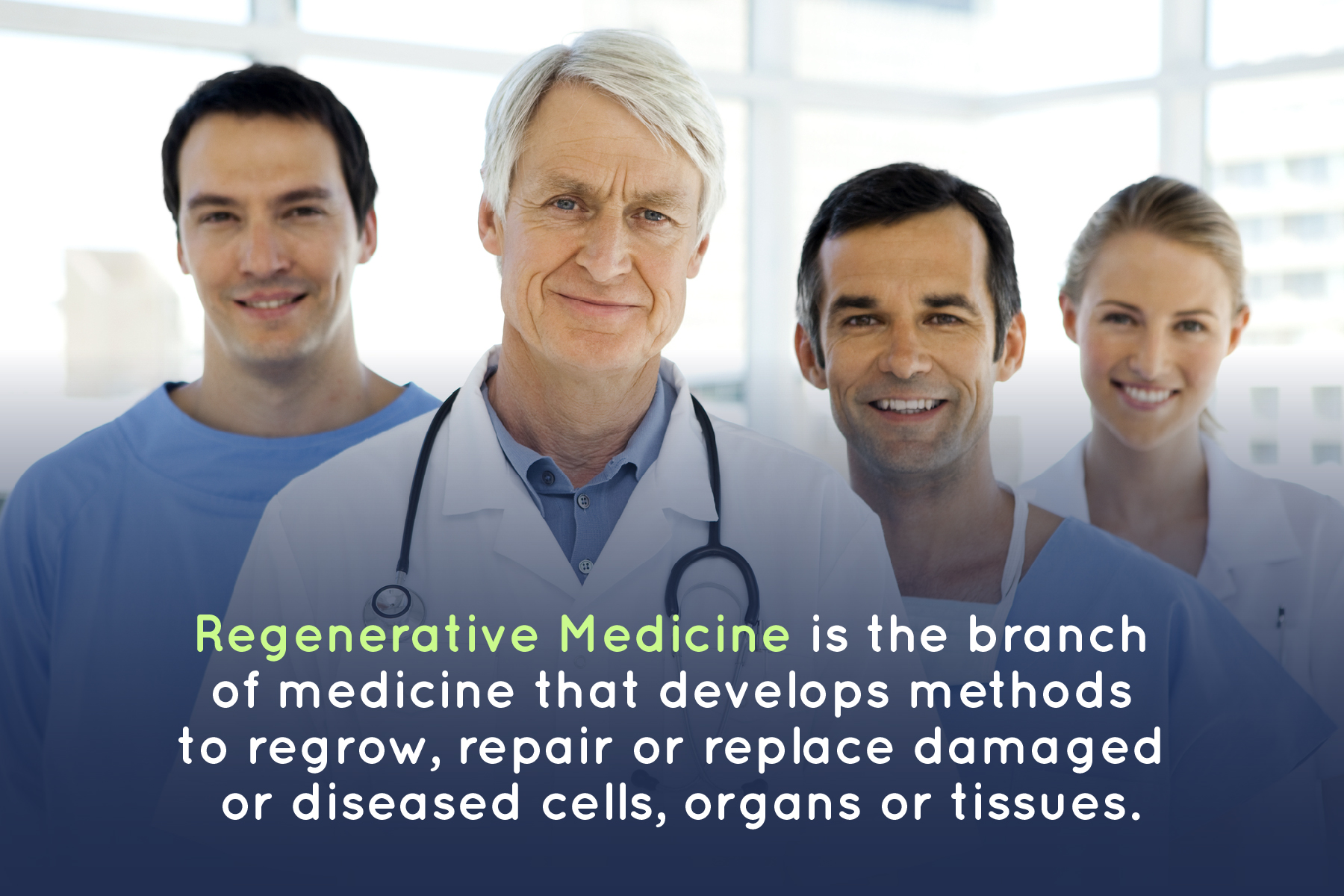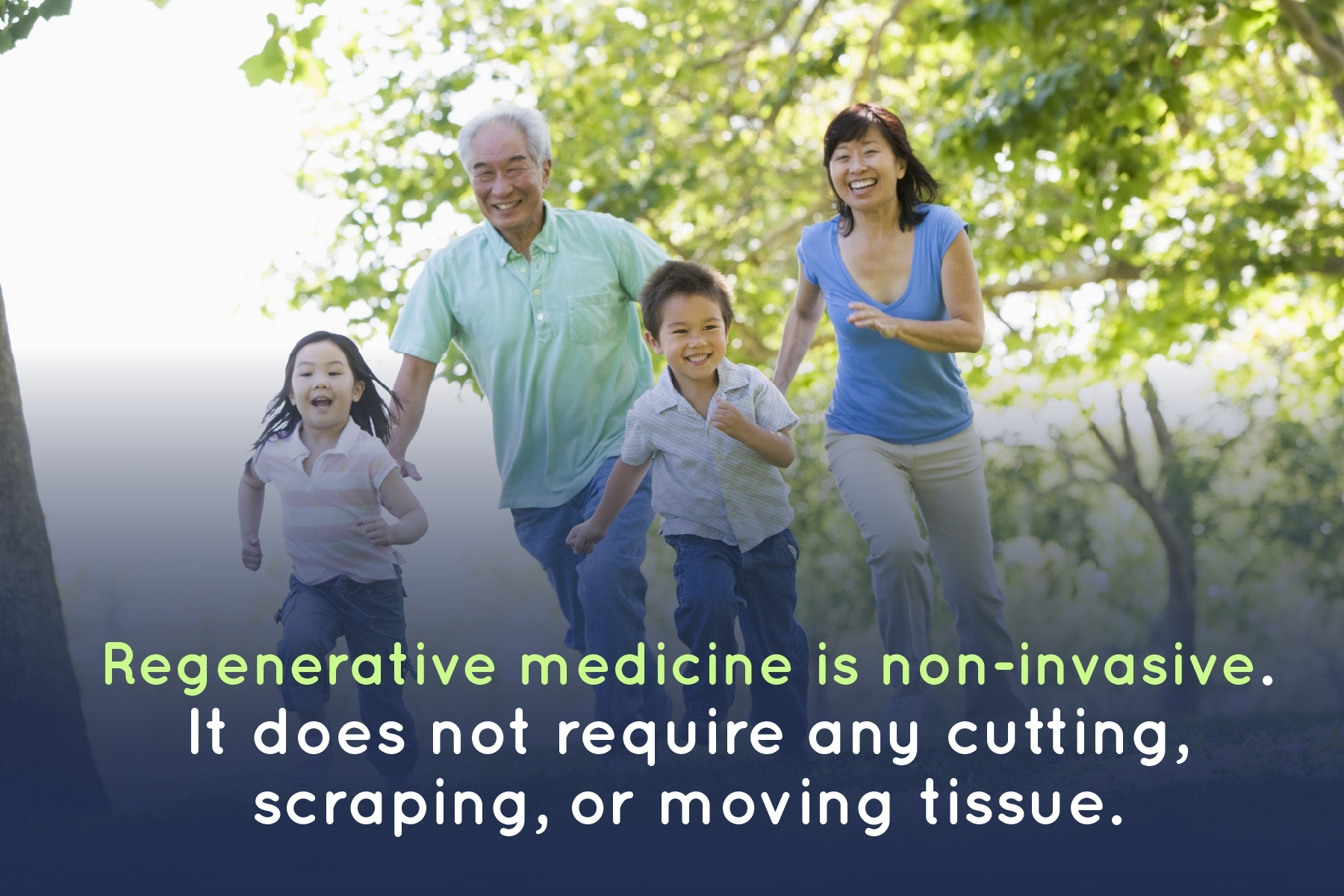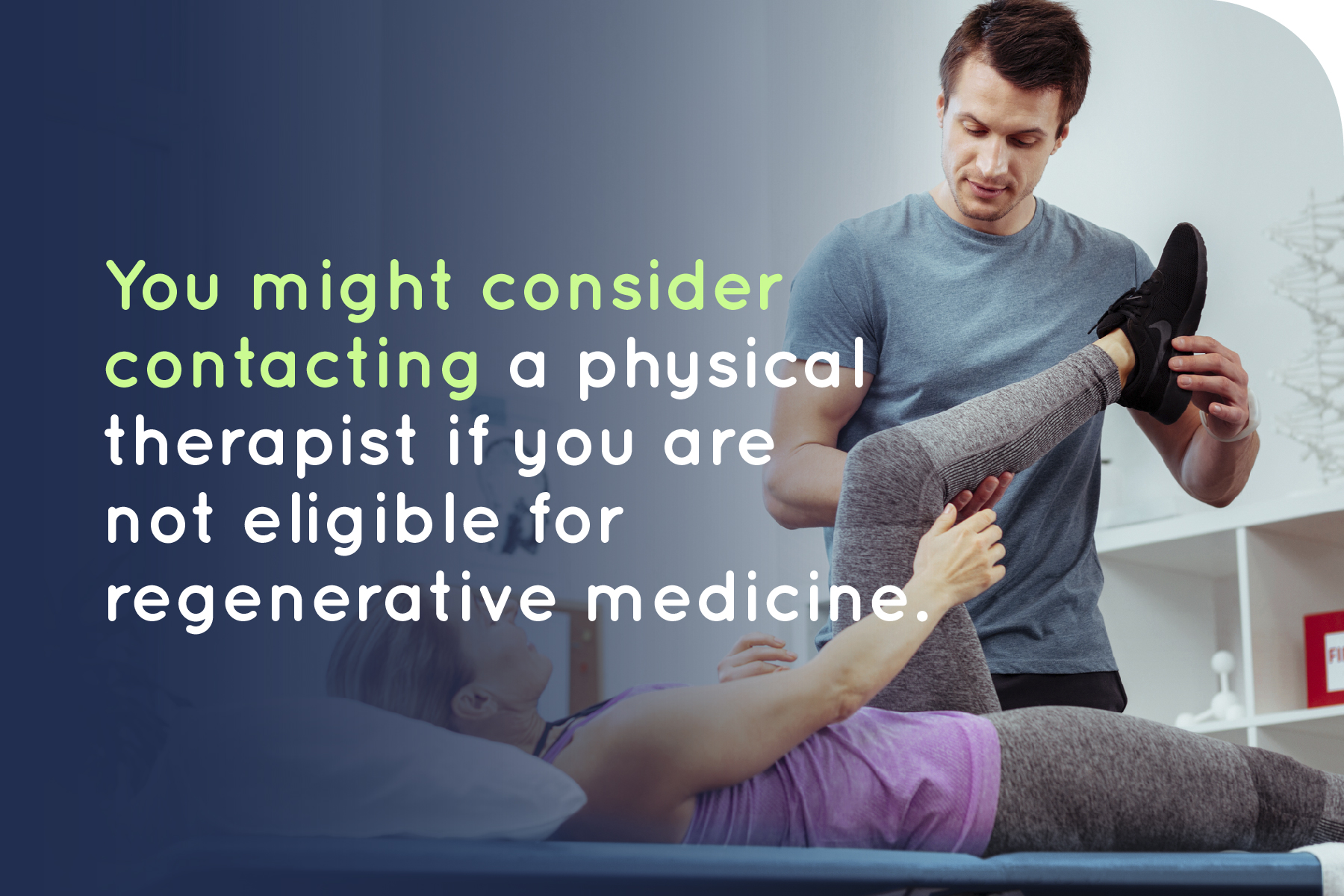It’s a sad part of life, but our bodies degenerate.
It happens to everyone–we get injured, we experience back pain and neck pain, and arthritis sets in. And sometimes, the result is chronic pain or an injury you just can’t bounce back from.
The most unfortunate part of it all is that you may not be able to live your life fully and vibrantly. After all, chronic pain can be like a dark cloud hanging over you, sapping your energy and joy.
At Vitality Integrative Wellness, we don’t want anyone to live with that.
Our goal is to help you live your best life through holistic, non-invasive therapies such as cold laser therapy and regenerative medicine.
Today we would like to tell you more about what regenerative medicine is and how it could help you live your best life.
Ready to get started?
Let’s dive in!

What Is Regenerative Medicine?
Isn’t it amazing how our bodies can heal themselves?
When you cut your finger or scrape your knee, your body is fully equipped to heal the injury by itself. In a few days, you won’t even know you hurt yourself. But for more significant injuries like a badly broken bone, your body needs help to heal itself.
Regenerative Medicine is a field in which experts are learning how to capture the body’s natural healing power and use it to help heal various conditions such as joint issues, heart disease, stroke, and diabetes.
The goal of regenerative medicine is to give your body a prompt that kickstarts it towards healing itself. It simply releases the natural healing powers already in your body. That way, you don’t need invasive surgery or a lot of prescription drugs.
The Mayo Clinic states it like this:
“Regenerative medicine goes beyond disease management to search for and discover therapies that support the body in repairing, regenerating and restoring itself to a state of well-being.”
In other words, regenerative medicine strikes at the root of conditions and aims to actually replace or reboot damaged tissues and organs instead of treating symptoms with medications or procedures.

How does regenerative medicine work?
Regenerating new tissue to treat medical conditions sounds pretty far out, right? How can doctors accomplish regeneration?
Scientists are still researching numerous forms of regenerative medicine, and some have never been put to use. Still, some are well established, including skin grafts, blood transfusions, and bone marrow transplants.
Here is how stem cell therapy works:
Stem cells are the building blocks your body uses to repair damaged tissue. They are found in your body's skeletal muscle, cord blood, dental pulp, bone marrow, and other places. The unique thing about a stem cell is that when it divides, it doesn’t have to remain a stem cell. It could become a heart cell, muscle cell, nerve cell, bone cell, or another type of cell. Because of this special power, stem cells can help replace or reconstruct damaged cells and tissues.
Types of regenerative medicine
The term “regenerative medicine” is a broad term covering any type of medicine that aims to help the body repair damaged cells or tissues. Other types of regenerative medicine include:
-
- Skin grafting
- Blood transfusions
- Organ transplants
- Biomaterials and tissue engineering
- Bone marrow transplants
Why perform regenerative medicine over alternatives?
Not everyone is a good candidate for regenerative medicine, and we don’t recommend it for everyone. We will explore who is eligible for regenerative medicine later in this article. But here are a few reasons why it is a good option for those who qualify for it:

-
-
- Regenerative medicine is non-invasive. It does not require any cutting, scraping, or moving tissue. Because it allows the joint or other injured area to heal naturally, you shouldn’t lose any mobility due to the procedure.
- Regenerative medicine does not require anesthesia, so if the idea of being put under terrifies you, maybe an option such as stem cell therapy would be a better plan for you.
- Regenerative medicine does not require a hospital stay. You should be able to walk out of the clinic without help on the same day.
- Regenerative medicine can be used in conjunction with other treatments.
- Regenerative medicine can be used for patients who do not qualify for traditional surgery.
- Regenerative medicine is fast working. Most patients can return to their daily lives within 3-4 weeks, which is much quicker than surgery. You may even see improvement for minor conditions within 1-2 days!
-
Who Is Eligible For Regenerative Medicine?
Regenerative medicine is a good option for some people. But unfortunately, it is not the panacea that will cure every disease and it’s not for everyone.
You might be wondering–am I or my loved one a candidate for regenerative medicine?
Doctors can implement regenerative medicine to help alleviate a variety of conditions, some of which include:
-
- Moderate osteoarthritis of the knee, shoulder, and hip
- ACL or meniscus tears
- Shoulder pain
- Tendinitis, labral or rotator cuff tears
- Tennis and golfer’s elbow
- Chronic neck and back pain or sciatica
- Fractures that won’t heal
- Inflammation
- Spinal stenosis
- Herniated disc
- Facet arthritis
- Degenerative disc disease
- Peripheral neuropathy
And that is only the beginning of the conditions you could treat with regenerative medicine. In other words, regenerative medicine can take care of:
-
- Back pain
- Foot pain
- Knee pain
- Ankle pain
- Neck pain
If you think you or your loved one might be a good candidate for regenerative medicine, don’t hesitate to give us a call here at Vitality Wellness. We would be happy to assess your situation and help you know whether regenerative medicine would be the best option for you.

Alternatives To Regenerative Medicine
Like we said, regenerative medicine certainly is not for everyone. What are your options if you don’t qualify for regenerative medicine?
Here are a few of the alternative routes you could take:
-
Chiropractic care
Chiropractic care can help alleviate pain caused by traumatic injuries, sports injuries, or even slouching in your desk. Minor injuries to the spine, neck, and shoulders especially benefit from chiropractic treatments.
Like regenerative medicine chiropractic therapy relies on the body’s natural ability to heal, and aims to kickstart the healing process.
-
Physical therapy
The goal of physical therapy is usually to improve a patient’s range of motion and physical strength. It can be a good option for those with traumatic injuries or repetitive motion injuries such as sports injuries.
Your physical therapist will come up with the right therapy regimen for you, depending on what your condition is.

-
Spinal decompression
For patients with herniated discs, sciatica, neuropathy, or other back issues, spinal decompression can be effective. It’s a simple, non-invasive procedure that can provide relief in just a few visits.
Non-surgical spinal decompression works by gently stretching your spine to relieve the pressure on the discs between the bones. When the discs have room to breathe it takes pressure off nerves and other spinal structures, relieving pain.
-
Cold laser therapy
Cold laser therapy is another non-drug, non-invasive method for dealing with chronic and acute pain. It can promote tissue repair, reduce pain and inflammation, and speed up healing.
True to its name, cold laser therapy uses low levels of light that do not heat up your skin. Your body absorbs the light, and the wavelengths cause a reaction in your cells that promotes regeneration.
-
Traditional surgery
In general, surgery should be a last resort, and you should try all the non-invasive methods before going under the knife. But in some cases, surgery is the best option.
Alternative options to AVOID
As a bonus, here are two options for pain relief it’s best to avoid if possible:
-
Unneeded surgery
Sometimes patients become blinded by their pain and simply want to fix it as soon as possible. When you are desperate, it’s easy to grasp at whatever you think will make you feel better, and a lot of people immediately think of surgery as the best and quickest option.
It’s understandable to feel desperate and willing to try whatever may help you feel well again. But it’s usually best to leave invasive methods like surgery for a last resort, and try other methods first.

-
Excessive medications
As we said, when people are in pain, they usually look for the quickest way to feel better. Sometimes that comes in the form of lots of prescription pain medications or cortisone shots.
Medications can help you feel better, but they don’t always fix the root cause of your conditions. And sometimes, they can even prevent your body from healing because they dull your body’s distress signals. The inflammation that causes discomfort actually signals your stem cells to start repairing damaged tissues. If you take too many pain meds or cortisone shots, you can prevent your stem cells from receiving the message that something is wrong.
We are not saying you should never take medications. But it’s usually a better idea to try fixing the root issue and avoid taking excessive medications.
Conclusion
At Vitality, we don’t want anyone to have to live with chronic pain or disability. We think everyone deserves to live their best life.
Including you!
If you think you or your loved one may be a candidate for regenerative medicine, please give us a call! We would be happy to give our opinion.
We offer other wellness services too, which include:
You do not have to live with your pain one more day. Give us a call today! We look forward to hearing from you.

